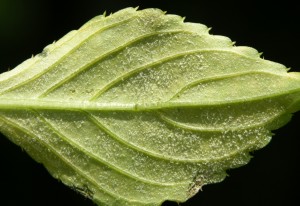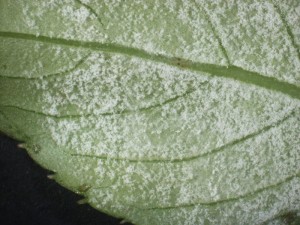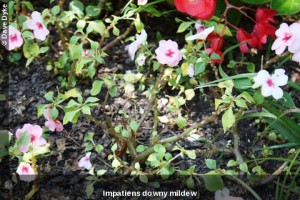
Wondering what might be wrong with your impatiens?
OR
Getting ready for your Winter Planting season and heard about this?
Impatiens Downy Mildew is sweeping the east coast and the news is not looking good…
It is a destructive foliar disease of common garden impatiens. Impatiens walleriana. All hybrids with walleriana as a parent are also susceptible.
 History of the disease:
History of the disease:
- Plasmopara obducens present in the US since at least 1897
- Reported on Impatiens pallida and I. capensis (native species of N. America)
- First reported as problem in UK (2003)
- Often a devastating disease outside of North America
- Found in US greenhouse production in spring of 2004
- 2004 reports included locations in the US: CA, IN, MI, MN, MS, MO, WI and WV and Manitoba and Quebec in Canada
- Sporadic reports in US since 2004
- More severe in 2011; reported in: coastal southern CA, northeast IL, northern IN, Cape Cod, MA, Minneapolis/St. Paul areas, and eastern PA
- Outside of North America and Europe, reported in: Australia, Asia, Africa, Central and South America.
 Symptoms:
Symptoms:
Symptoms of the disease include stunted growth, bud and leaf malformation, wilting, plant collapse and defoliation.
- Yellow to pale green foliage and mild, inconspicuous mottling
- Can be mistaken for
- Nutritional imbalance
- Spray injury
- Chilling
- Spider mite infestation
- Advanced symptoms
- Stunting of plant growth/malformation of leaves and flower buds
- Downward curling or distortion of the leaves
- Wilting
- Plant collapse
- Severe defoliation
 Cultural Control
Cultural Control
- PREVENTION
- Disease-free propagation material
- Segregate vegetatively propagated from seed propagated
- Maintain moderate humidity
- Avoid extended periods of foliage moisture
- Irrigate early in day
- Employ sound greenhouse sanitation practices
- Scout crop frequently/identify suspects
- Submit to lab for confirmation
- AFTER CONFIRMATION
- Place all symptomatic plants and debris in closed bags
- Remove from greenhouse
- Remove and discard plants from buffer of at least 3ft. radius
- Use approved greenhouse disinfectant
- Begin preventive fungicide program
We strive toward beauty and satisfaction for all of our customers and in this effort, we’d like to compel you to allow us to suggest some options for this years planting season. Please take a look in “Winter Planting 2012” for some good ideas for replacement plants and flowers. Fortunately, there are alternative solutions we recommend that are just as beautiful and are not threatened by this disease.
Or you may call Steve Purser at 954-687-5848 for a one on one explanation of these options and more.


